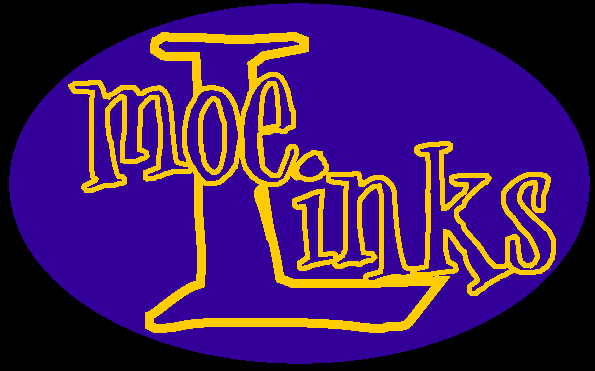
 |
.:
source guide :.
|
|
|
Miscellaneous info Well I've covered most of the basics, but here's a little guide to all of the various and sundry details to fill in the blanks of what may not have been covered. This is pretty much a little dictionary of what's left. There's a few things that will be left out, but they are things such as location, which is explanatory usually, such as "balcony," "5th row" and the like are pretty understandable. Location is very key, most tapers look for the sweet spot. More on that below. Audience (A or aud): Not a soundboard recording. clone (Dc or D(c)): A clone is a digital copy from the master DAT. Anything that was not produced at the show, any subsequent generations are considered clones. Ideally the 100th clone should be just as good asthe master, but this is not necessarily true. Certain undesirable items such as static and drop outs can appear. DFC: Dead Front and Center or Dead F'in Center as I prefer. Meaning lined up perfectly to get the stereo effect evenly from both stacks. This is not always attainable depending on where the TS (see below) is. FOB(Front of Board or f): This means that the microphones were set up closer to the stacks (source of the sound) than the TS, which will give a, typically, better more complete sound. There are at times a few draw backs to FOB tapes though. If they are not in the section, typically the tapers are surrounded by non-tapers who will be hooting and hollering, and worst of all talking incessantly. Not to mention, sometimes a very big reverb from the bass if they are too close to the source. Though, in general FOB tapes may sound better, they are, at times, not without their drawbacks. LoC/RoC: These stand for Left of Center and Right of Center, meaning, well, they wre not lined up perfectly in the middle of the stacks, which may provide for more Al or Chuck based upon which side you are on. master (Dm or D(m)): A master is the term for the DAT tape that was made at the show. The originals. Anything thereafter is a clone. matrix (mtx): The matrix mix is something of moe-l folklore "back in the day I loved hearing those matrix tapes...." is something you will hear people reminisce about. Matrix tapes (aka brenmix) were started by Brendan P. O'Neill who was a long time soundman. Brendan used a mix of soundboard and on-stage akg-414's to provide sweet tapes almost every night. Steve Young, current moe. soundman (and one of the coolest guys around) kept the tradition of the matrix alive at times, though many tapes from after Brendan left were straight soundboard feeds. But even straight soundboard feeds are a story of the past. as of the beginning of the Quest for Ray Tour (9/99) moe. has now stopped allowing board patches altogether ORTF(Office de Radio-Television Francaise) : This is a way in which the mics are angled at 110 degrees apart, 170mm apart, as opposed to pointed at the stacks. This is used at a very small distance from the stage, and usually only in clubs. The significance of 110 degrees, I don't know. SCMS: Serial Copy Management System, is a method used to prevent unlimited cloning of DATs. Though it is almost always defeated, is never a problem. 00=unlimited copies, 11=1 more copy, 10=no more copies. Most tapes are 00 SCMS. Soundboard (sbd, sdb): A tape where the source came straight from the soundboard, as opposed to an audience mic setup. split: Meaning that the mics were split a certain distance to get more of a stereo effect. Usually the distance split is also noted. Tapers section (TS) Where the tapers are supposed to set up. You'll recognize this at the show as the place where all the mic stands are. xy: The microphones were set up in a fashion that they were not set up facing the stacks, but instead are crossed like the xy-plane (Cartesian plane). Instead of the left pointing to the left stack and right towards the right, the right is set up on the left side, and left on the right side, and they are crossed. This provides more of a central sound, and is used when closer to the source than where the typical TS is. Hopefully this helped you out somewhat. If you find this confusing have any suggestions for me to clarify, e-mail me
.:
current news :. .:
home :. .:
faq :. .: the
band :. .:
on tour :. .: TSF
:. .: moe.tunes :. .:
media :. .: sounds
:. Questions? Changes? Comments? Email me © 1998- 2001 • moeLinks.com |
|